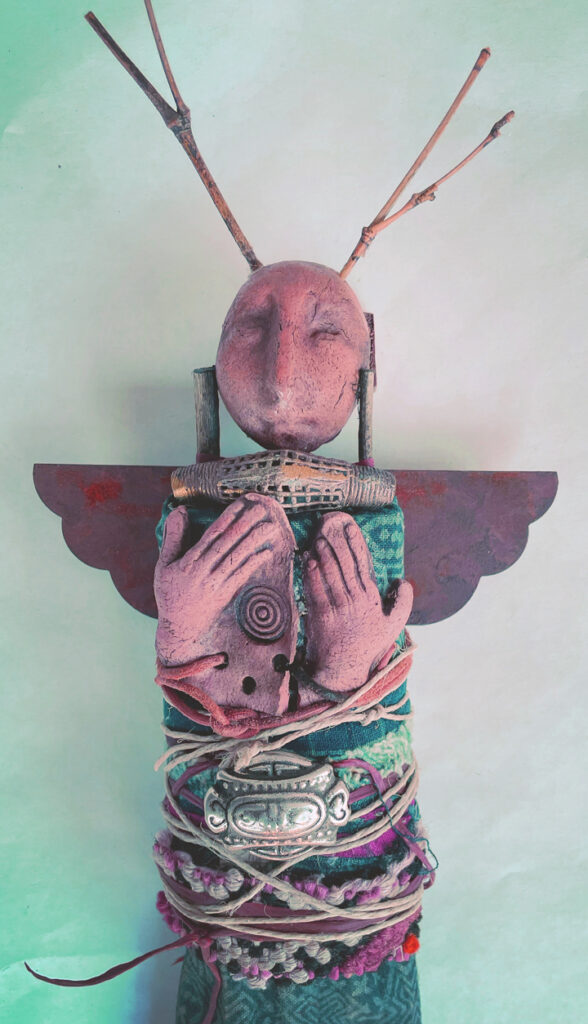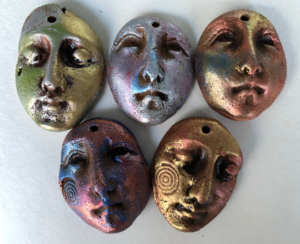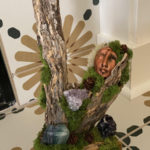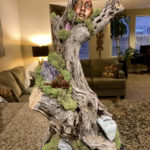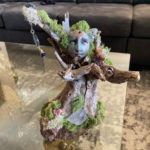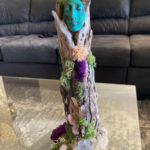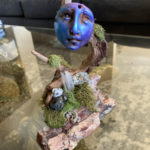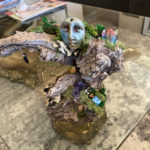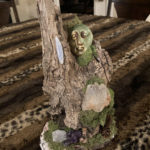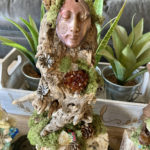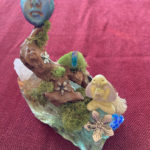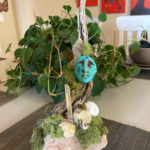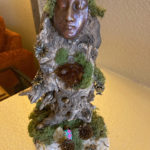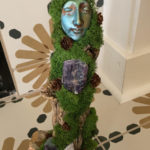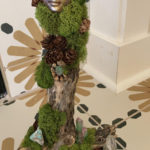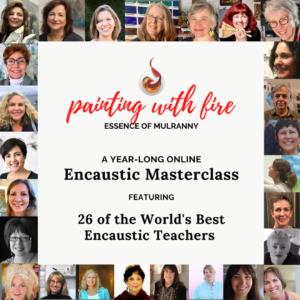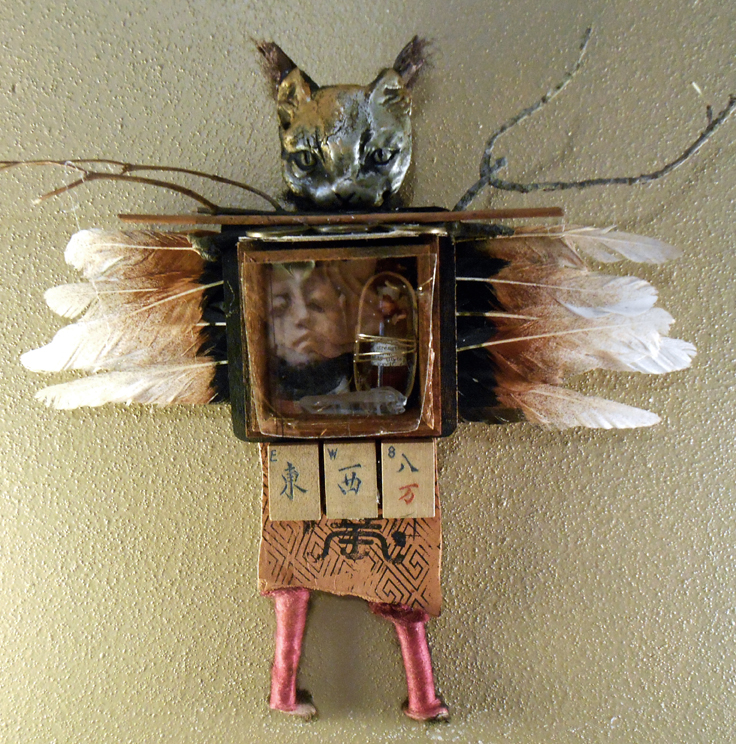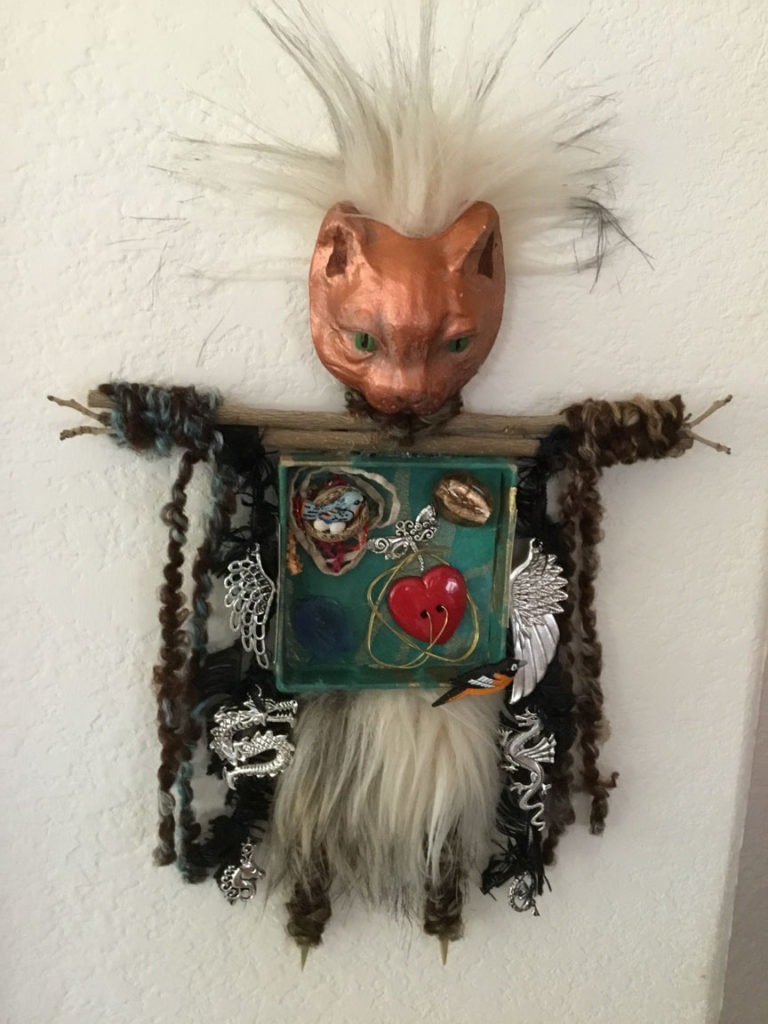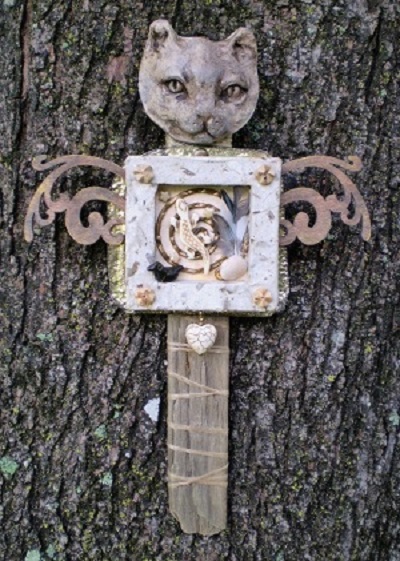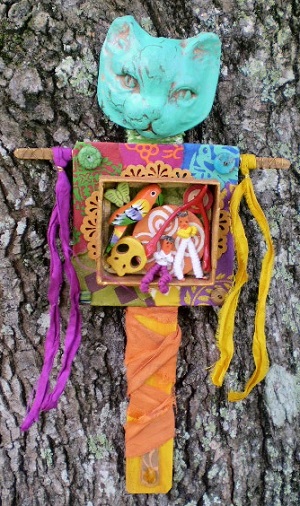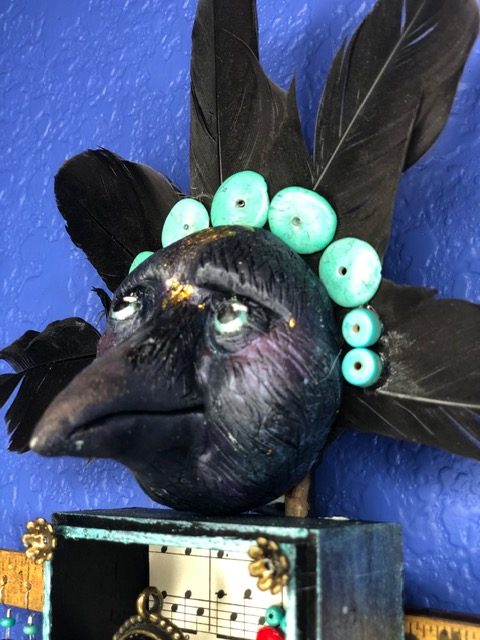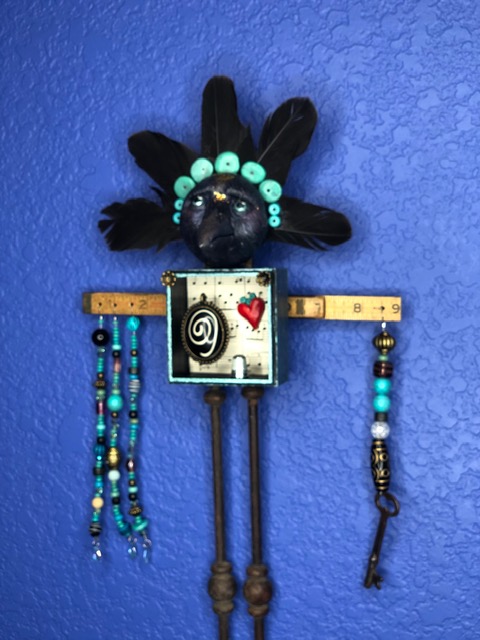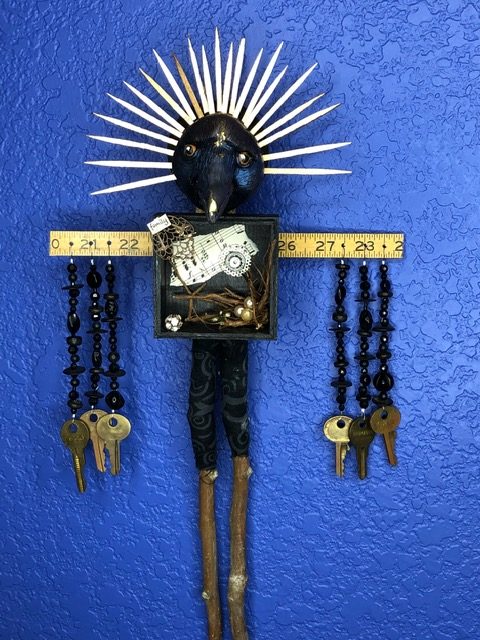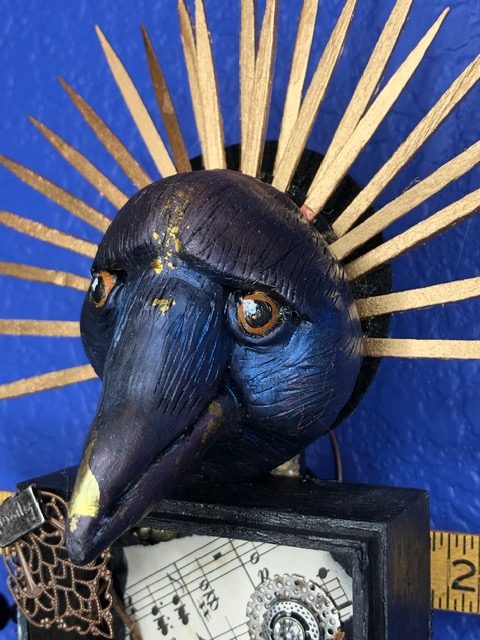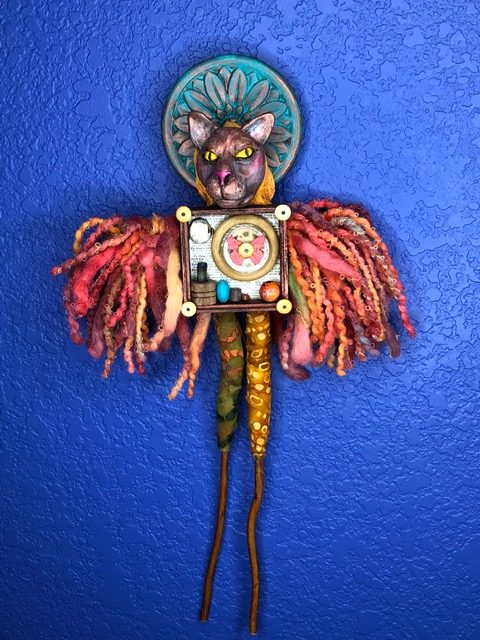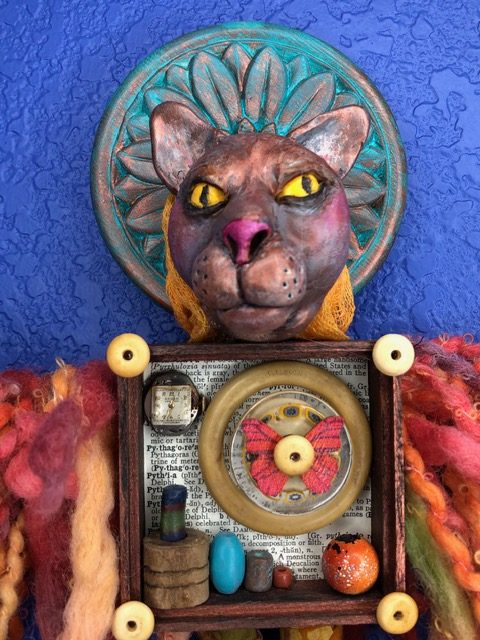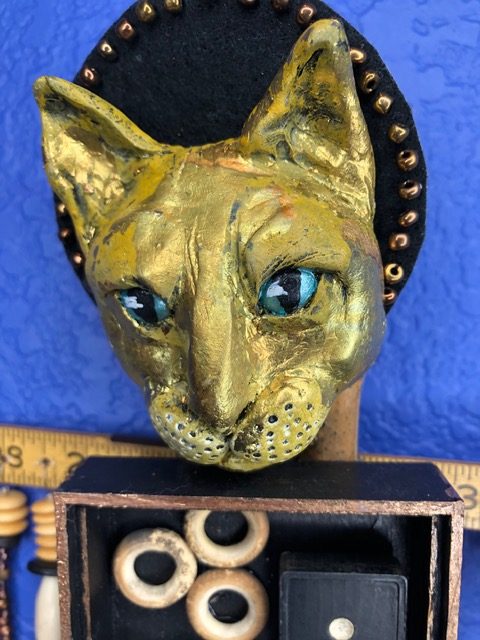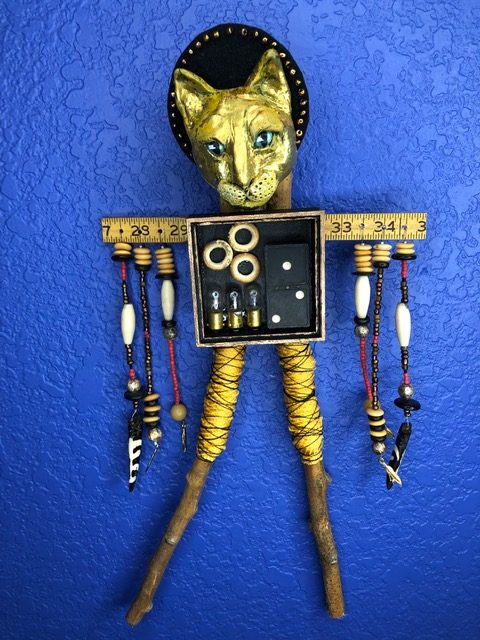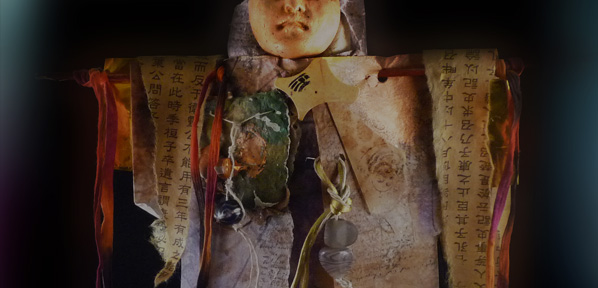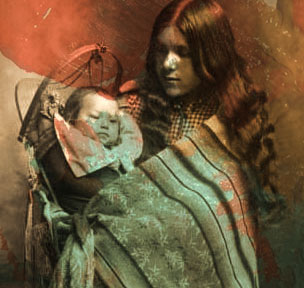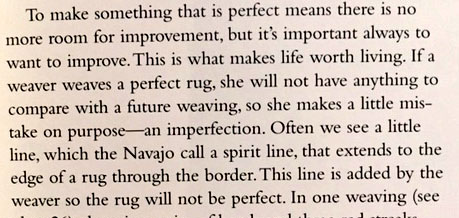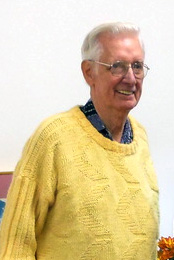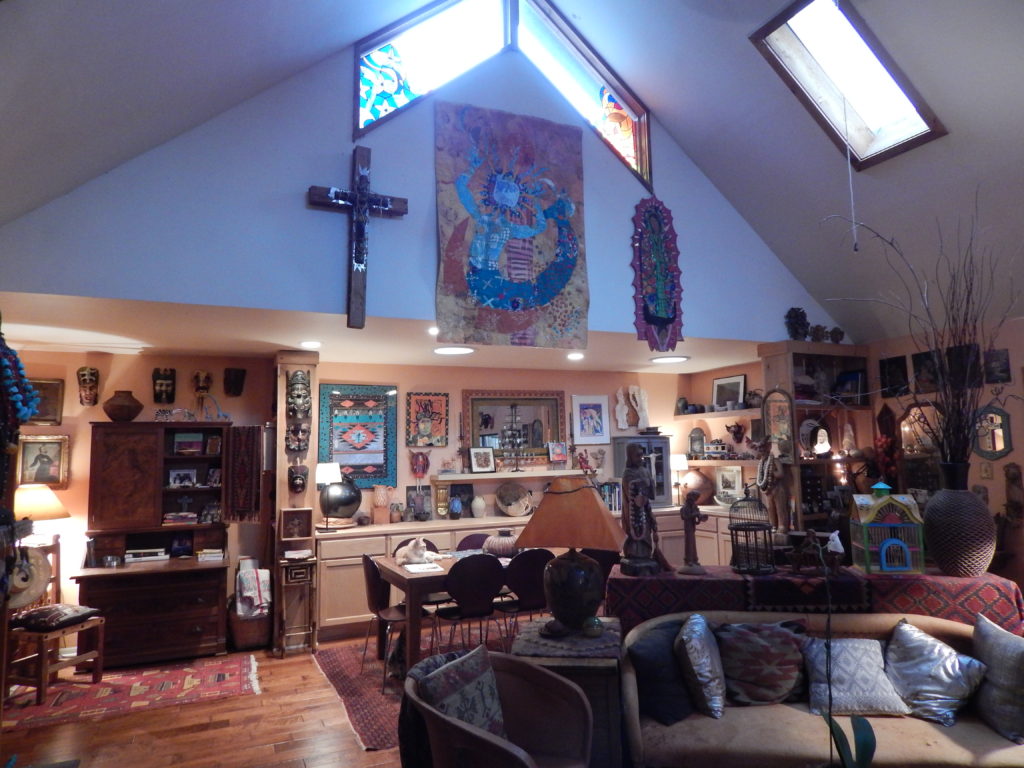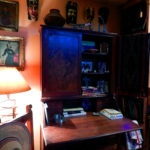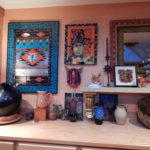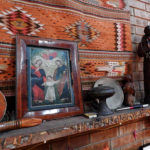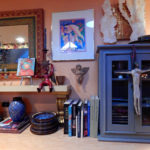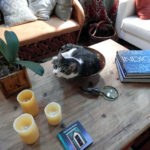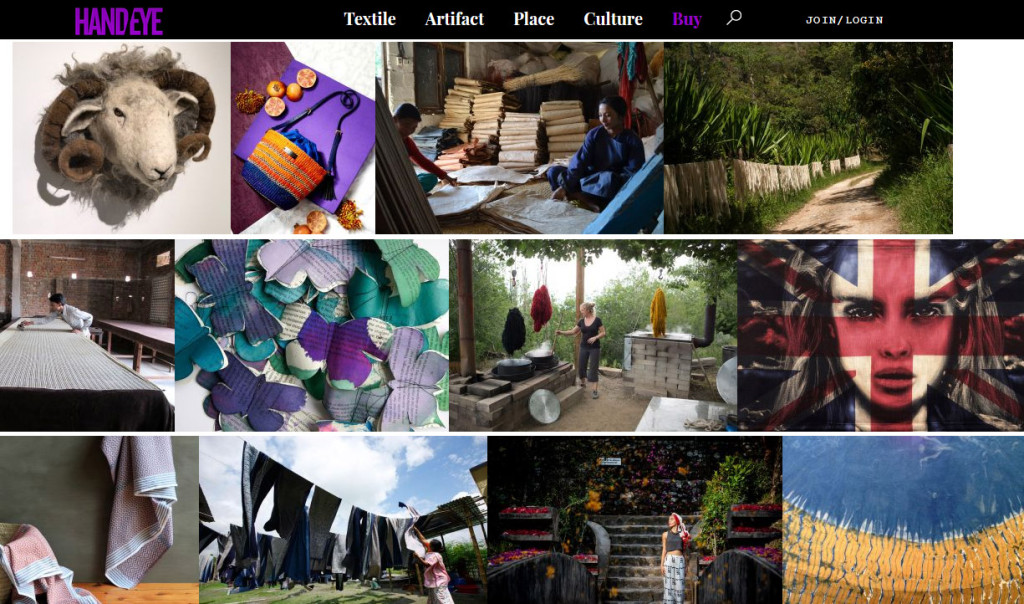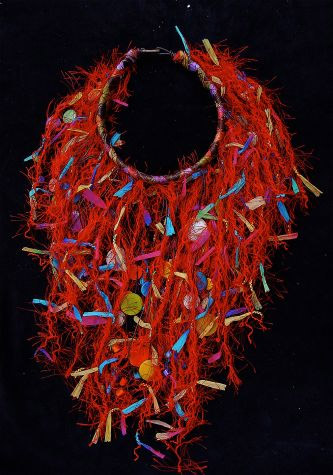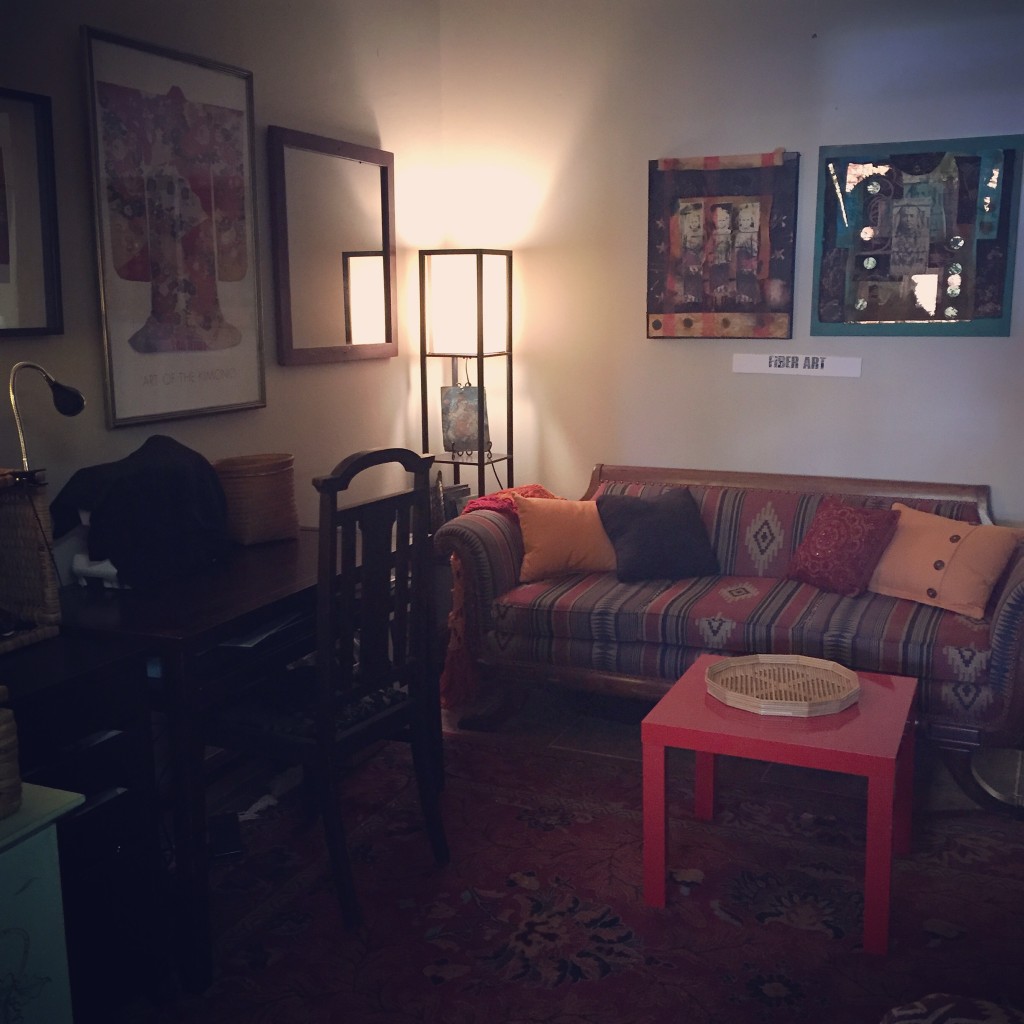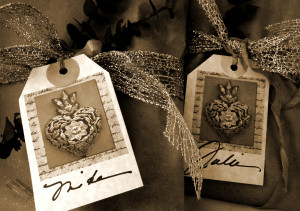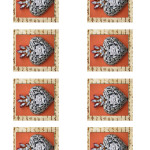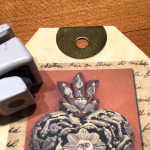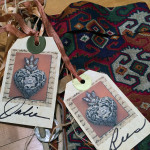While researching a new series of altar-based assemblages for the Taos exhibit that will be inspired by the ritual codex of Sr. Alfonso García Téllez, I rediscovered a word I hadn’t thought about in years: muñeco. (“moo-NYEH-koh”)
You may not have heard this term before in this context. In Spanish, muñeco means “little doll” or “figure,” but in the sacred art of Alfonso Téllez—an Otomí shaman from San Pablito, Mexico—a muñeco is something much more than a toy. It is a spirit vessel, a symbolic stand-in used in healing rituals, offerings, and prayers.
Cut from handmade amate bark paper in simple, symmetrical forms, these figures carry what is too heavy, too complex, or too mysterious to name directly.

That idea stopped me in my tracks — a symbol? An archetype? A vessel for complex emotions?
In Téllez’s codices, a cut paper bird figure, for instance, might represent loss, freedom, rebirth, or all of those at once. The figure is a kind of visual shorthand—a handmade icon that expresses the inexpressible.
These are not just decorative elements; they are tools of ceremony and emotion, used in acts of release, remembrance, and reverence.
And that’s when I realized — we could all use a muñeco.
What if you cut a shape from paper—just a silhouette—and let it hold something for you? A grief. A prayer. A question. A transition.
You could glue it into a collage, tuck it into a pocket, burn it, bury it, or simply keep it near. Not to solve the feeling. But to give it form. To acknowledge it. To begin to let it move.
This idea became the seed for a new oracle card in my Enso deck—The Muñeco. It reminds us that the most powerful symbols don’t have to be complex or literal. They just have to be true.
Sometimes, the smallest figure holds the most.

The Muñeco
Keywords: Spirit Vessel · Proxy · Release · Ancestral Simplicity
Interpretation:
The Muñeco is a doll-like figure cut from bark or paper—simple, symmetrical, and quiet. But don’t mistake its humility for weakness. It is a sacred stand-in, a vessel for what you cannot carry, what you cannot say. In ritual, the muñeco holds illness, sorrow, memory, or prayer. In your life, it may be asking: What weight are you ready to release? What part of you longs to be witnessed and let go?
This card honors the ancient truth that the most powerful symbols are not always grand—they are small, handmade, passed down, and alive with meaning. The Muñeco reminds you that fragility and faith can live in the same shape. Cut your prayer from paper. Name your burden. Then offer it forward, and let it be carried.
Reversed:
Reversed, The Muñeco suggests confusion between what is yours and what you’ve placed onto others—or what others have placed on you. Are you unconsciously projecting, assigning roles, or expecting others to carry what is yours to hold? Or are you refusing to let something go, keeping it folded tightly within yourself? The spirit figure has become tangled. This card invites you to separate, to clarify, and to release with compassion.
Reflection Questions:
- What object or act could serve as a release today?
- Have I mistaken simplicity for lack of meaning—or overlooked the quiet things that hold the most?
- Who or what have I turned into a proxy for my own unspoken needs?
Closing Insight:
The Muñeco holds space for what cannot speak. In letting it carry your burden, you remember that even the smallest gesture can be an act of ceremony.

(Above) Autograph manuscript concerning Otomí indigenous curandero customs and folk medicine in Mexico. The text describes shamanic rituals for various maladies (enfermedades) with mounted cut-out paper figures (mun̋ecos)representing spirit entities drawn from both indigenous and Christian mythos. Illustrated with amate bark paper cut-outs, dated approximately 1978
_____________________________________________
A Small Practice
If this idea speaks to you, try this:
Sit quietly with a small square of folded paper. You don’t need a plan—just rest your hands, take a breath, and begin to cut. Let your thoughts wander toward something you’d like to let go of… or something you wish to remember.
When you’re ready, unfold the paper.
See what’s there. A figure, a shape, a whisper of a form.
You’ve made your own muñeco.
Now pause. Ask yourself: What do I want to do with this little symbol?
Will you keep it tucked into a journal? Burn it in ceremony? Bury it, give it away, or place it on your studio worktable or tape it in your window?
Deciding what to do with the cut shape is part of the ritual.
It’s a way of giving form to something too vast for words—and choosing how to honor it or say goodbye to it.
And speaking of saying goodbye, I’m headed to Ireland this week to teach a workshop at the Mulranny Arts Centre—an inspiring place where dreams and landscapes overlap. I’ll be offline for a little while, but I’ll return soon with stories, images, and new ideas to share.
In the meantime, why not cut a paper shape, a muñeco —not to finish something, but to begin. Let it be a placeholder for your thoughts, your plans, your hopes. Let it hold what you’re not ready to name just yet.
Be safe.
Do good work.
And let the small things carry meaning!
Thanks, as always, for reading SHARDS.
♥Lyn

my muñeco for the journey – it holds so much and lets go of so much


